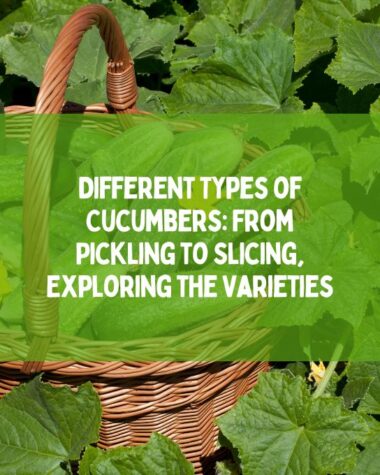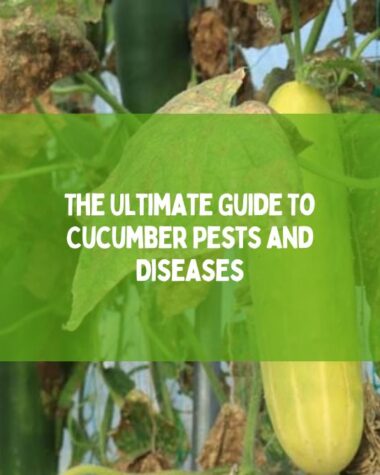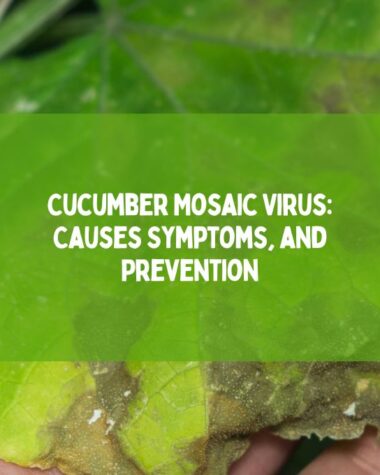Kheera and cucumber refer to the same vegetable, which is scientifically known as Cucumis sativus L. Both names are used interchangeably in India and Pakistan. Kakdi or Kakri, on the other hand, is the Hindi name for Armenian cucumbers, which are a unique variety of cucumbers with different appearances and tastes.
Cucumbers are a popular and versatile vegetable used in cuisines around the world. In India, this vegetable is known as kheera or kakdi, while in other parts of the world, it is commonly known as a cucumber. Understanding the differences between these names is important for anyone who wants to explore the many culinary possibilities of this versatile vegetable.
In this blog post, I’m going to differentiate and brief all these terms (cucumber, kheera, and kakdi) in simple wording so that you can understand the difference easily and make an informed decision the next time you go grocery shopping.
Understanding Kheera: What is it?
Kheera, also known as kheera cucumber, is a popular vegetable in South Asia and other parts of the world. It is a short, slender variety of cucumber that is usually used raw in salads and other dishes. The skin of the kheera is usually thin and light green or yellow. The flesh inside is white, crisp, and juicy with a sweet taste.
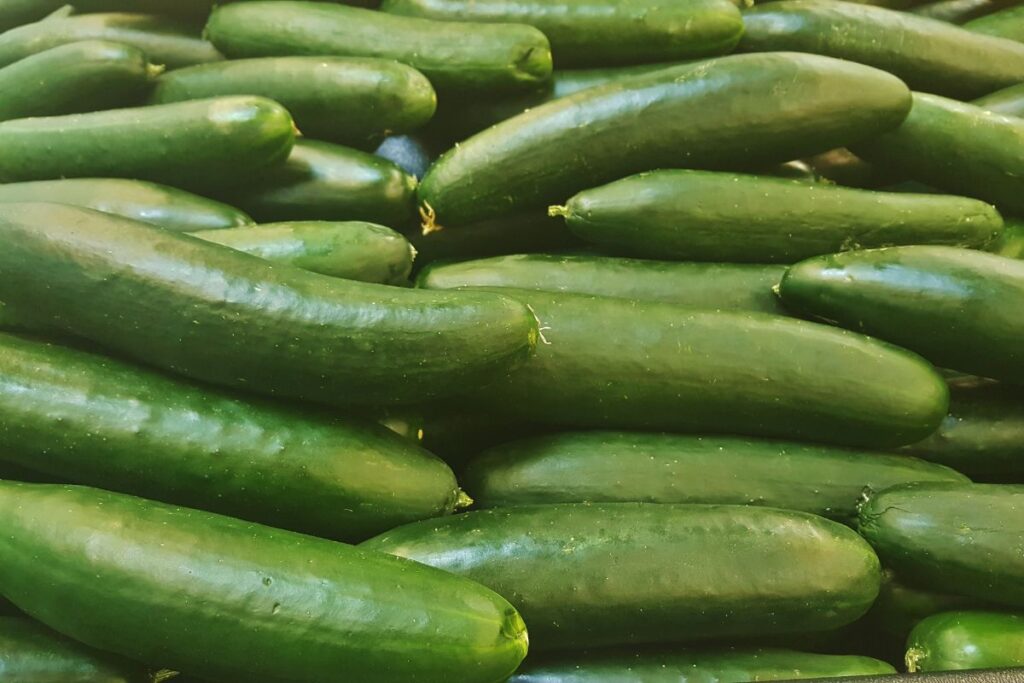
The most common way to eat kheera is to peel and slice it into thin pieces and add it to salads or other dishes. It can also be cooked in curries or pickled and eaten as a snack. Kheera is rich in vitamin K and other minerals. This thing makes it an excellent choice for maintaining good health. It also has a high water content and can help keep you hydrated during hot summer days.
Understanding Cucumber: What is It?
Cucumbers are a member of the cucurbit family and have a long, cylindrical shape. The skin is usually thin, smooth, and dark green with white or yellow stripes. Cucumbers are crisp and juicy with a mild flavor.
They are very low in calories and provide many health benefits, including aiding digestion and hydration, providing antioxidants, and improving skin health. Cucumbers can be eaten raw, used in salads, pickled, or added to soups and other dishes.
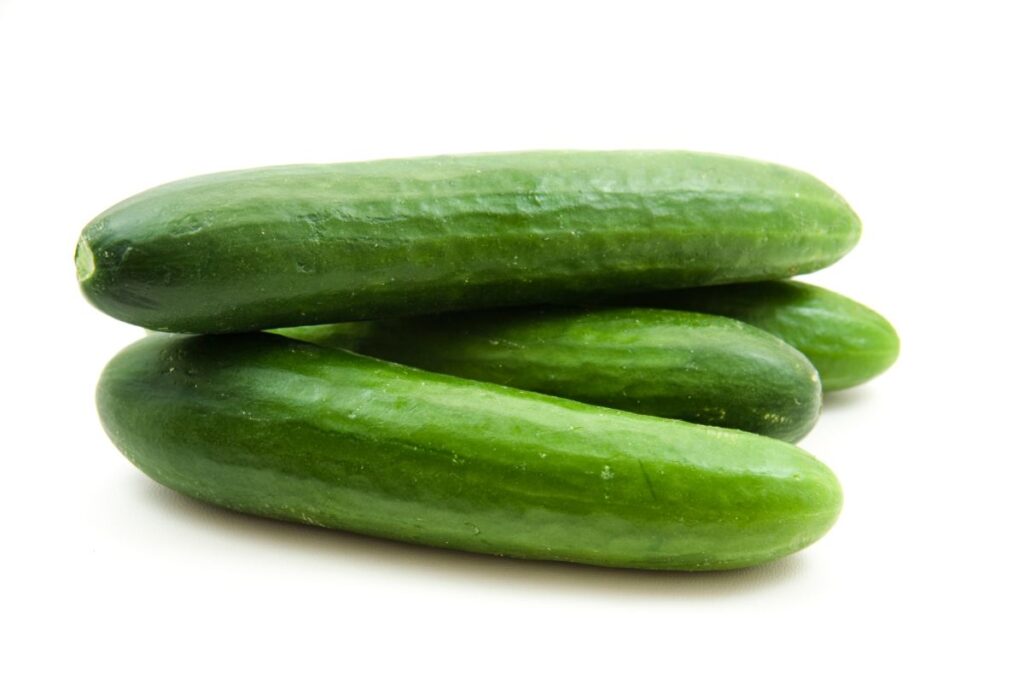
They are also an essential ingredient in some classic cocktails, such as the Pimm’s Cup and the Bloody Mary. When shopping for cucumbers, look for ones that are firm, uniformly shaped, and deep green with minimal blemishes. Avoid cucumbers that are overly soft or dull-colored.
Cucumbers can be stored for up to a week in the refrigerator, preferably wrapped in plastic wrap or placed in a sealed bag to retain moisture. When preparing cucumbers, rinse them under cold running water to remove any dirt and debris. Peel away the outermost layer of skin if desired and then slice, dice, or chop as desired.
Related Reading:
- 10 Unique Sweet Cucumber Dishes You Must Try
- Can I Freeze Cucumbers?
- The Best Cucumber Varieties For Growing In Pots
- Refreshing Twist: The Ultimate Guide to the Cucumber Mint Margarita
- Kirby Cucumber: A Versatile and Nutritious Addition to Your Kitchen
- Cucumber Benefits for Skin: And How We can Use it
Understanding Kakdi or Kakri: What is it?
Kakdi is a type of cucumber native to India. It is longer than the traditional cucumber and has a light green, bumpy skin. In English, the names of Kakri or Kakdi are Long Melon and Armenian Cucumber. Unlike other cucumbers, it has very small edible seeds, making it a great choice for adding crunch to salads or pickles.
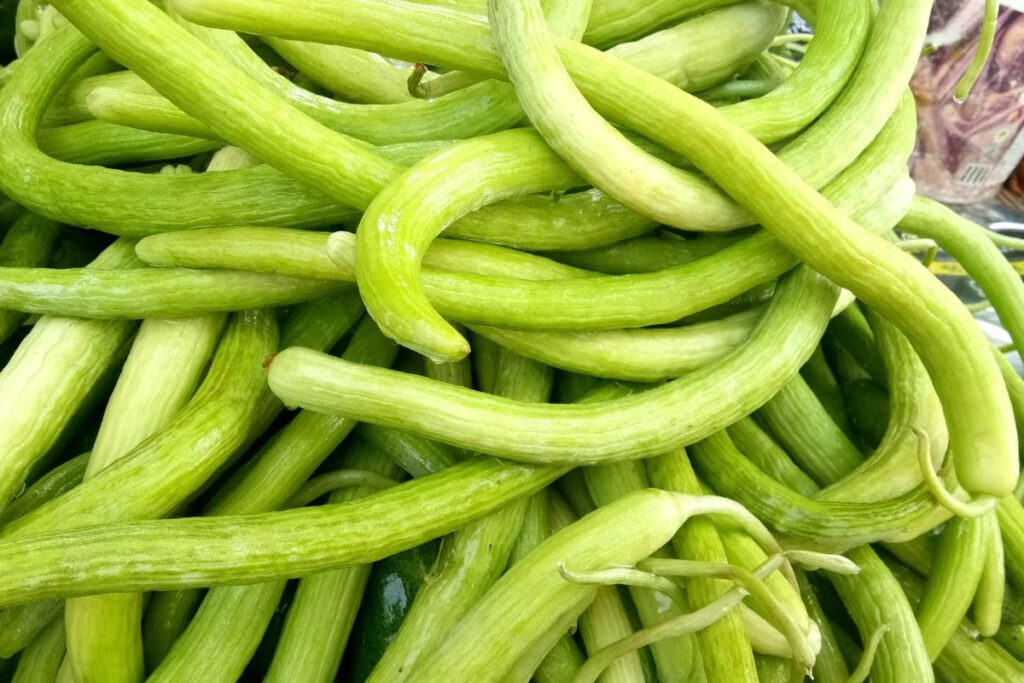
Unlike Kheera and Cucumber, Kakdi does not need to be peeled before eating, as its skin is edible. The flesh of the Kakdi is crisp and juicy and the taste can range from sweet to slightly sour.
Kakdi is often used in Indian cuisine as an ingredient in salads and pickles, or even as a garnish on dishes. It’s also a popular snack eaten raw or cooked in curries. When cooked, it retains its crunchy texture and slightly sour flavor.
Kakdi is packed with vitamins, minerals, and antioxidants that make it an incredibly healthy snack. It’s low in calories and carbs, making it a great addition to any diet. The crunchy texture of the Kakdi also makes it a great substitute for chips or crackers when you want a healthier option.
What is the Difference Between Kheera and Cucumber?
Kheera and Cucumber are actually the same fruit but have different names depending on the region. Kheera is the name given to cucumber in India and Pakistan, while Cucumber is its name in most other parts of the world.

In terms of appearance, there is no difference between the two fruits. Both are cylindrical with green skin, ranging from 4-8 inches long. They both have white flesh inside, with edible seeds. Both can be eaten raw or cooked and used in salads, sandwiches, and other dishes.
The taste also remains the same as Kheera and Cucumber share the same flavor profile of being slightly sweet and juicy with a mild taste. The only difference in taste may come from how they are grown, as well as when they are harvested.
Overall, Kheera and cucumber are the same fruit, although they have different names depending on where you live. There is no difference in terms of appearance, taste, or nutritional value between the two fruits.
What Is the Difference Between Kheera and Kakdi?
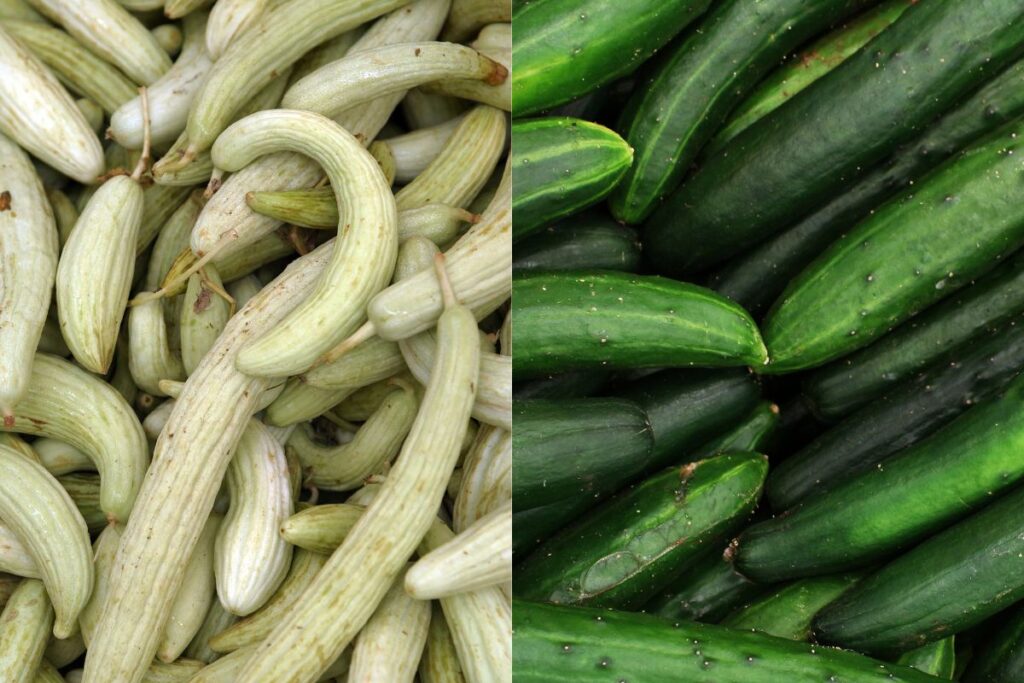
Kheera and Kakdi may look similar, but they are quite different. Kheera is a round and slightly pointed cucumber, while Kakdi is an elongated and oval-shaped cucumber.
The size of the two cucumbers also differs significantly. Kheera comes in sizes ranging from 3 inches to 10 inches, whereas kakdi ranges from a few inches to one foot.
The color of the two cucumbers is also different. Kheera has light green skin with small white spots, while Kakdi has deep green skin with light green streaks.
Kheera has a sweet taste, with little bitterness, and it is often used for salads and juices. Kakdi has a mild flavor, and it is mostly used for pickles and chutneys.
Both Kheera and Kakdi are rich in water content and dietary fiber, making them great for weight loss and digestion. They are also good sources of vitamin A, vitamin C, vitamin K, potassium, magnesium, and manganese.
Overall, Kheera and Kakdi (Armenian Cucumber), both belong to cucumber varieties with different shapes, sizes, colors, and flavors. While they are both healthy and nutritious vegetables, they are best used in different recipes depending on their unique characteristics.
Related Reading:
- Cucumbers Not Straight: Reasons Why Are Your Cucumbers Curling?
- How To Tell When A Ripe Pumpkin Is Ready To Pick?
- When to Transplant Zucchini Seedlings? Let’s find out
- Growing Nantes Carrots: Tips And Techniques For A Bountiful Harvest
- How Proper Eggplant Spacing Can Maximize Your Harvest?
- What Are the Reasons Your Cucumber Leaves Have White Spots?
What is the Difference Between Cucumber and Kakdi?

The most notable difference between cucumbers and kakdi (Armenian cucumbers) is their physical appearance. Kakri or Armenian Cucumbers are typically long with a light green color, while cucumbers tend to be shorter and stockier, with a dark-green color.
Additionally, cucumbers have smooth, waxy skin whereas kakdi are characterized by having a rough and bumpy exterior.
When it comes to taste, kakdi has a mild flavor and a slightly sweet aftertaste. On the other hand, cucumbers are quite bland in comparison. As far as nutritional value is concerned, both cucumbers and kakdi are low in calories and high in vitamins and minerals. However, cucumbers have slightly more fiber than kakdi.
Kakdi is particularly popular in Indian and Middle Eastern cuisine and can be used to make salads, soups, pickles, curries, and even beverages. In contrast, cucumbers are more widely used around the world for salads, sandwiches, and other dishes.
To summarize, cucumbers and kakdi may look similar, but they have some key differences.
Conclusion
To conclude our today’s discussion, whether you call it kheera, cucumber, or kakdi, this versatile vegetable is a staple in many cuisines around the world. By knowing the differences between these names and the different kinds of cucumbers, you can use this tasty and healthy vegetable in many different ways in the kitchen.



